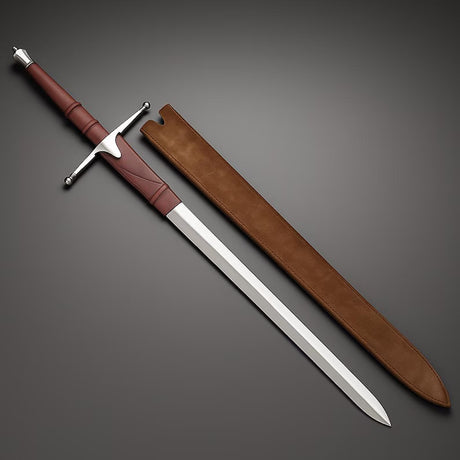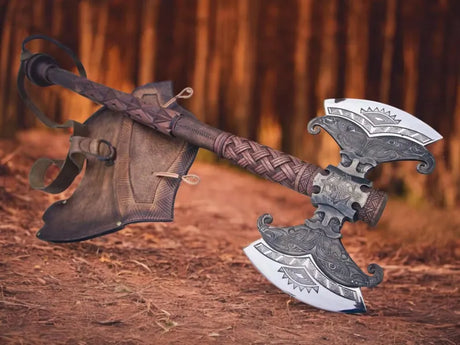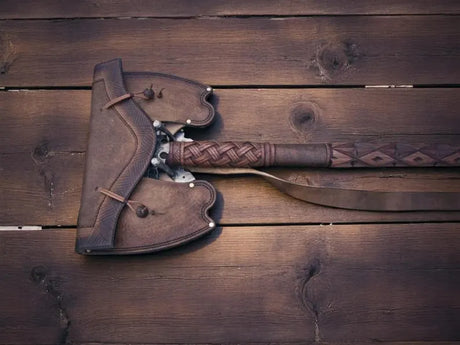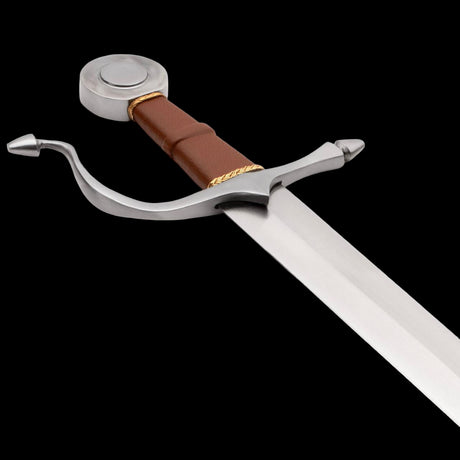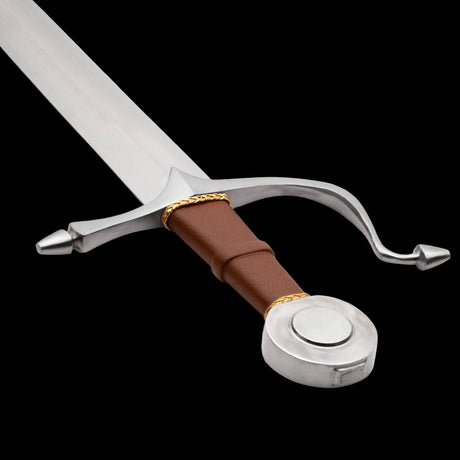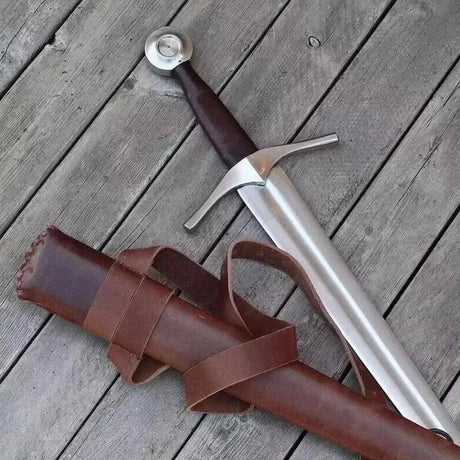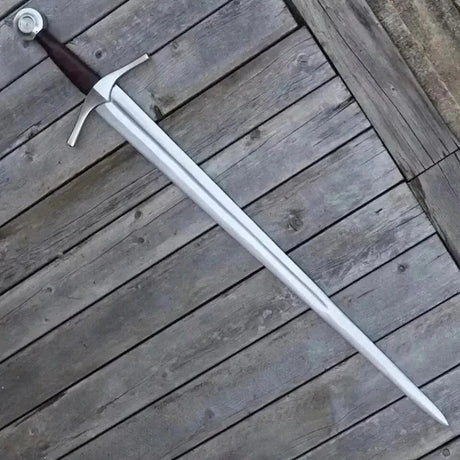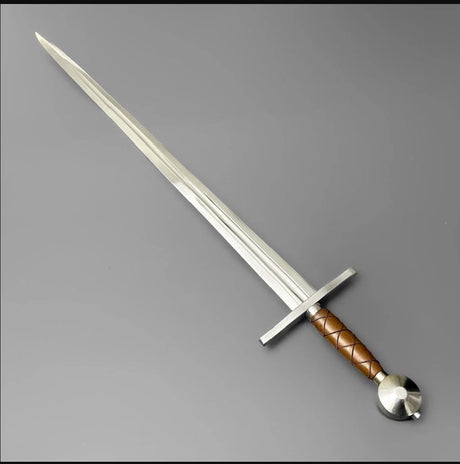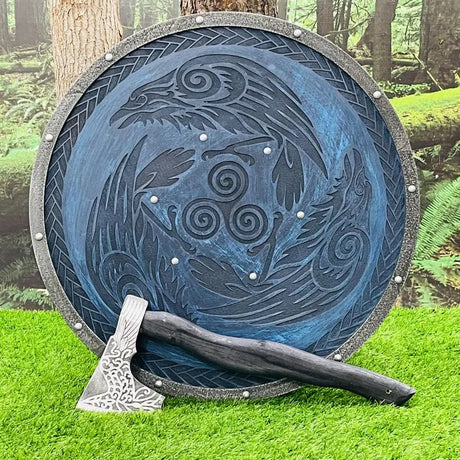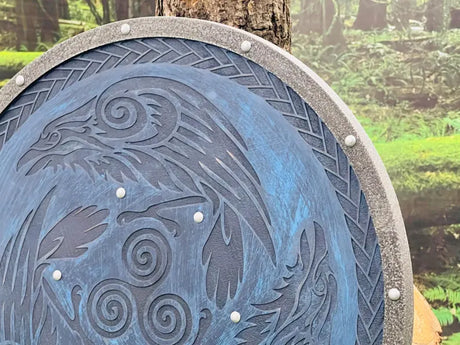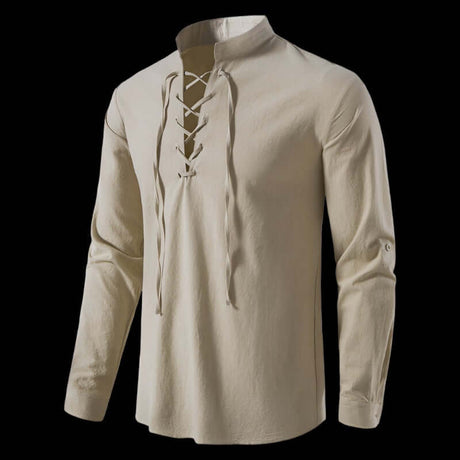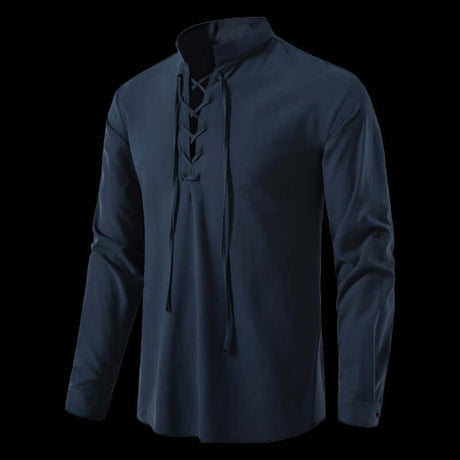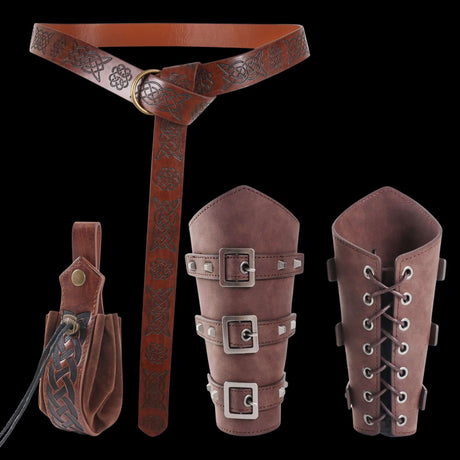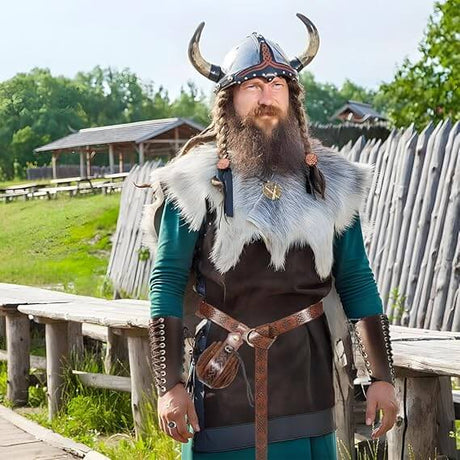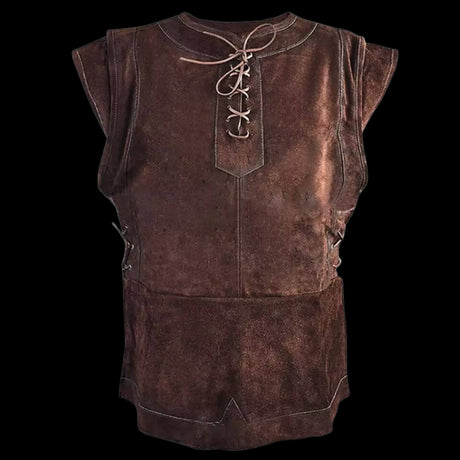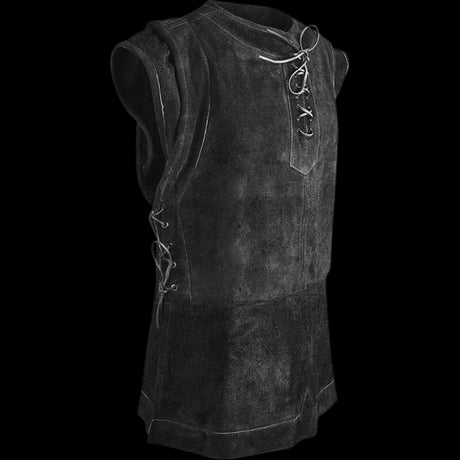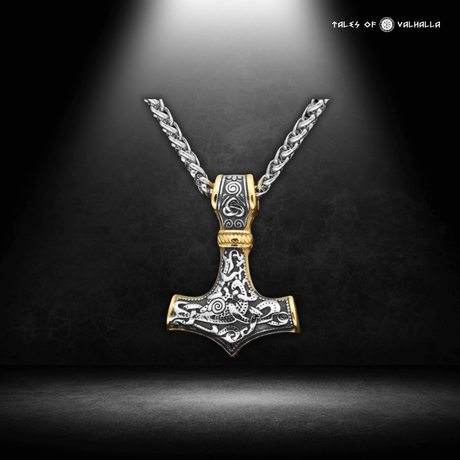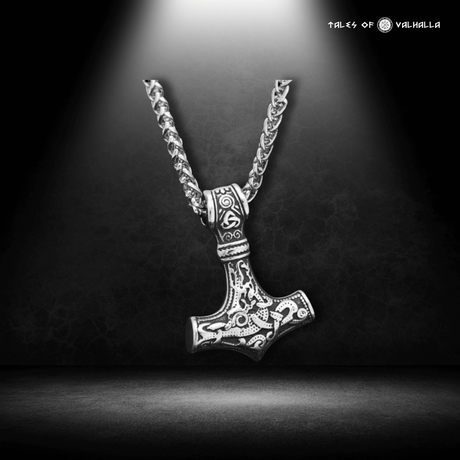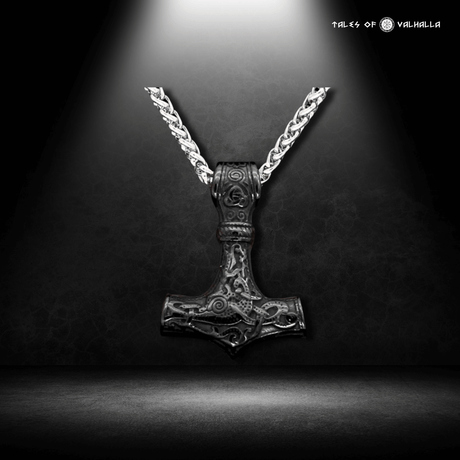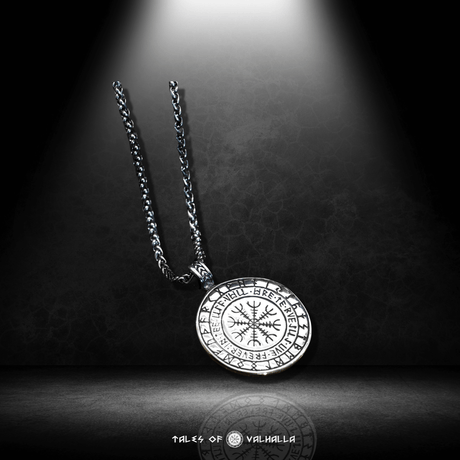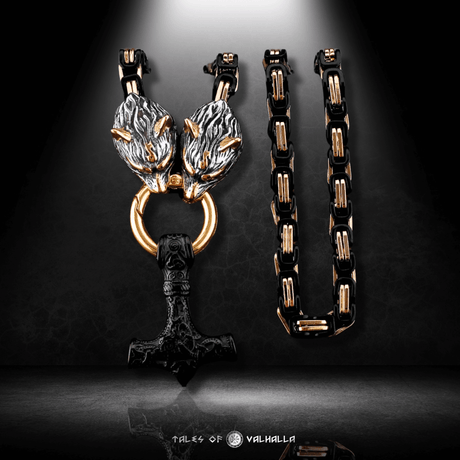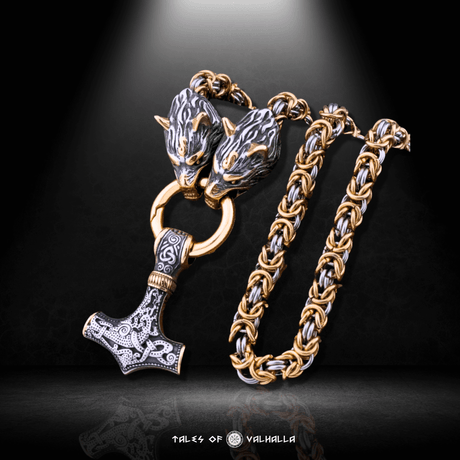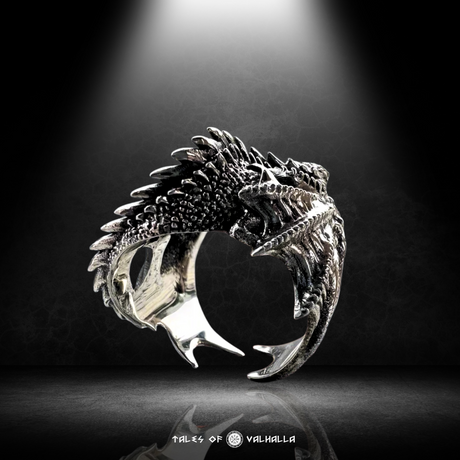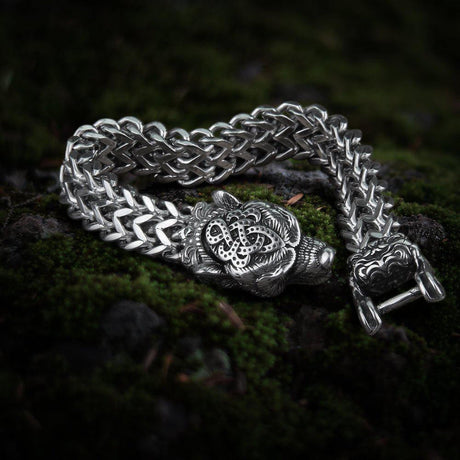If you were to freeze time in September 1066, the history of the Western world was balanced on the edge of a knife.
In England, a king sat uneasily on his throne, watching the southern coast for invaders. across the Channel, a Duke in Normandy was building a fleet. But up in the North, a dragon was stirring.
This wasn't just any raider. This was Harald Hardrada.
He was seven feet tall (allegedly), rich beyond measure, and had served as a commander in the elite special forces of the Byzantine Empire. He had fought in Sicily, Jerusalem, and Bulgaria. He had blinded emperors and courted princesses. And now, he wanted England.
Most history books gloss over him. They focus on William the Conqueror. But without Harald Hardrada, the Viking Age doesn't end with a bang—it ends with a whimper. His life reads less like a history textbook and more like a screenplay for an HBO series that was too expensive to film.
In this deep dive, we are going to follow the blood-soaked footprints of the "Thunderbolt of the North." We will explore how a teenage exile became the most feared man in Europe, and why his death at Stamford Bridge marked the true end of the Viking era.
Who Was Harald Hardrada?
To understand the man, you have to understand the name.
"Hardrada" isn't a surname. It’s a nickname. In Old Norse (Haraldr harðráði), it translates roughly to "Hard Ruler" or "Stern Counsel."
Imagine a boss who doesn't just fire you for incompetence but burns your house down to send a message to the other employees. That was Harald. He was a man of absolute authority who crushed dissent with a brutality that made other Vikings wince.

Who Was Harald Hardrada?
But he wasn't just a brute. He was a poet, a politician, and a marketing genius who knew the value of a good reputation.
The Teenage Exile: Surviving Stiklestad
Harald’s story starts with failure.
Born around 1015, he was the half-brother of King Olaf II (who would later become Saint Olaf). In 1030, at the tender age of 15, Harald fought alongside his brother at the Battle of Stiklestad to reclaim the Norwegian throne.
They lost. Badly.
Olaf was killed. Harald was wounded, cut off from his allies, and hunted.
Most 15-year-olds would have gone home. Harald went East. He crossed the mountains into Sweden and eventually made his way to Kievan Rus (modern-day Ukraine/Russia).
This journey is crucial. It shows us that Harald Hardrada was not a man who accepted defeat. He viewed it as a temporary setback.
The Varangian Guard: A Viking in the Middle East
This is the chapter of Harald’s life that usually surprises people. We think of Vikings in longships raiding English monasteries. We rarely picture them fighting on camels in the desert or guarding palaces in Turkey.
After spending some time in Rus, Harald moved south to the greatest city on earth: Constantinople (which the Vikings called Miklagard, or "The Great City").
He didn't go as a tourist. He joined the Varangian Guard.
The Emperor’s Elite
The Byzantine Emperors didn't trust their own people—Greeks were too prone to political coups. Instead, they hired massive Northmen who cared only about gold and fighting.
Harald rose quickly through the ranks. For nearly a decade, he acted as the hammer of the Byzantine Empire.
- He fought pirates in the Mediterranean.
- He battled Arab forces in Sicily.
- He escorted pilgrims to Jerusalem.
- He crushed rebellions in Bulgaria.
The Economics of War
Harald wasn't just fighting for glory; he was fighting for retirement.
The Byzantine custom of polutasvarf (palace pillaging) allowed the Guard to loot the Emperor's treasury when an Emperor died. During Harald's time, three Emperors died.
Harald stockpiled this wealth. He sent chests of gold, gems, and silks back to his friends in Rus for safekeeping. By the time he left Constantinople, he wasn't just a warrior; he was arguably the richest man in Northern Europe.
Harald’s Career Stats (Estimated)
| Feature | Details |
| Years Abroad | Approx. 15 years (1030–1045) |
| Battles Fought | 18 major campaigns recorded |
| Wealth Accumulation | Immense; enough to fund a national army |
| Rank Achieved | Akolouthos (Leader of the Guard) |
The Return: Buying a Kingdom
In 1045, Harald Hardrada decided it was time to go home.
He returned to Scandinavia not as a beggar, but as a celebrity. He had the gold to buy armies and the reputation to scare off rivals.
At the time, his nephew, Magnus the Good, was ruling Norway. Harald essentially made him an offer he couldn't refuse: I will share my massive wealth with you if you share the kingdom with me.
Magnus, who was cash-poor but land-rich, agreed. A year later, Magnus conveniently died (some say of illness, others whisper poison), leaving Harald as the sole King of Norway.
The "Hard Ruler" in Action
For the next 20 years, Harald consolidated power.
This is where the "Hardrada" nickname was earned. He eliminated regional chieftains who opposed him. He warred constantly with Denmark. He burned villages.
Expert Insight:
"Harald represents the transition point in Viking history. He was a traditional raider in spirit, but he acted like a continental monarch. He introduced a coin economy, founded the city of Oslo, and centralized power. He was dragging Norway into the Middle Ages, kicking and screaming." — Dr. Anders Sorensen, Medieval Historian.
1066: The Year of Three Kings
By 1066, Harald Hardrada was in his 50s. In Viking years, that’s ancient. He should have been sitting by a fire, drinking mead, and telling stories about the time he blinded an Emperor.
But peace bored him.
In January 1066, King Edward the Confessor of England died without an heir.
Three men stepped up to claim the throne:
- Harold Godwinson: The English Earl who seized the crown immediately.
- William of Normandy: The French Duke who claimed Edward promised him the job.
- Harald Hardrada: The Viking King who claimed a weak hereditary right based on an old deal between previous kings.
The Tostig Betrayal
Harald might have stayed in Norway if not for Tostig Godwinson.
Tostig was the brother of the new English King, Harold Godwinson. They hated each other. Tostig traveled to Norway and whispered in Harald's ear: "England is weak. My brother is a usurper. The people will love you."
It was a lie, but it was exactly what an aging warrior wanted to hear. Harald mobilized the leidang (the naval levy). He gathered 300 ships and over 10,000 men. It was the largest Viking invasion force ever assembled.
The Battle of Stamford Bridge
In September 1066, the Vikings landed in Northern England. They smashed the local militias at the Battle of Fulford. York surrendered.
Harald felt invincible. He was so confident that he decided to wait for hostages at a place called Stamford Bridge.

The Battle of Stamford Bridge
It was a hot day. The Vikings left their chainmail armor on their ships, kilometers away. They were lounging in the grass, expecting groveling English lords.
Instead, they saw a cloud of dust on the horizon. Then, the glint of steel.
The Surprise
King Harold Godwinson had done the impossible. He had marched his army north—185 miles in four days—catching the Vikings completely off guard.
Harald Hardrada was outnumbered and unarmored. But he didn't run. He formed a shield wall (a "war hedge") and prepared to die.
The Berserker on the Bridge
Before the main armies clashed, a legend was born.
To get to the Vikings, the English had to cross a narrow wooden bridge. According to the Anglo-Saxon Chronicle, a single Viking warrior—a giant berserker—held the bridge alone.
He swung a massive Dane Axe, cutting down 40 Englishmen. He held the chokepoint for an hour, buying Harald Hardrada time to organize his troops.
The English couldn't get past him. Eventually, a soldier floated under the bridge in a barrel and thrust a spear up through the planks, killing the giant from below. It was a dirty trick, but it broke the bottleneck.
Seven Feet of English Ground
Before the battle turned into a slaughter, the English King rode out to offer terms to his brother Tostig.
Tostig asked, "What will you give King Harald of Norway if he goes home?"
The English King replied:
"I will give him seven feet of English ground, for he is taller than other men."
It was the ultimate insult. The battle began.
The Fall of the Hard Ruler
The Vikings fought with the fury of desperate men. Harald Hardrada, wearing a blue tunic and no armor, went into a "berserkergang" (fury). He charged ahead of his banner, hacking through the English lines.
For a moment, it looked like he might win through sheer willpower.
Then, an arrow struck him in the throat.
The great king fell.
With his death, the Viking army collapsed. Of the 300 ships that sailed to England, only 24 were needed to carry the survivors home.
Analyzing the Legacy: Hero or Villain?
Harald Hardrada is a difficult figure to categorize.
If you look at him through a modern lens, he was a war criminal. He burned churches for fun, blinded political rivals, and started a war in England that killed thousands just because he felt like it.
But if you look at him through the lens of the 11th century, he was the ultimate hero.
He possessed the three things Vikings valued most:
Drengskapr: Courage/Honor.
Gjöf: Generosity (with loot).
Orðstírr: Fame/Reputation.
The End of an Age
Historians almost universally agree that the death of Harald Hardrada at Stamford Bridge on September 25, 1066, marks the end of the Viking Age.
Why?
Because it was the last time a Scandinavian army seriously threatened the British Isles.
After Harald died, the Norse nations turned inward. They stopped being raiders and started being European Kingdoms. They built cathedrals instead of longships.
The "What If" Scenario
Consider this counterargument: If the wind had been different in the English Channel, William the Conqueror might have arrived before Harald.
Or, if Harald Hardrada had won at Stamford Bridge, England would have become part of a North Sea Empire. We might be speaking a dialect of Norwegian today rather than a language heavily influenced by French.
Harald didn't just lose a battle; he lost the future trajectory of the English language and culture.
Why This Matters to Us Today
You might be wondering why a man who died nearly 1,000 years ago matters to a reader in the United States today.
Harald is the archetype of the "Self-Made Man," a concept Americans love. He started with nothing—an exiled teenager in the woods—and through grit, violence, and intelligence, he became the most powerful man in his world.
He reminds us that history isn't inevitable. It is driven by individuals with the audacity to try impossible things.
The Pop Culture Echo
You see pieces of Harald Hardrada in almost every fantasy hero.
- Jon Snow’s exile and return? That’s Harald.
- Conan the Barbarian’s wanderlust? That’s Harald.
- The intricate politics of Game of Thrones? That was Harald’s daily life in Constantinople.
He is the bridge between the mythic past and recorded history. He lived a life that seems too big to be true, yet the coins he minted and the chronicles written about him prove he was very, very real.
Conclusion
Harald Hardrada lived his life in the fast lane of the 11th century. He was a man who saw the world—from the ice of the Arctic to the deserts of the Holy Land—and tried to conquer all of it.
He failed in his final ambition. He never sat on the English throne. But in his failure, he achieved something perhaps more lasting: Immortality.
He died exactly as he lived: weapon in hand, charging forward, gambling everything on one last roll of the dice. He was the Last Viking, and when he fell, the world changed forever.
So, the next time you hear about the Battle of Hastings or William the Conqueror, remember the other invasion. Remember the giant in the blue tunic who softened up the English army. Remember the Hard Ruler.
Quick Facts Table: Harald Hardrada
| Category | Fact |
| Born | c. 1015, Ringerike, Norway |
| Died | September 25, 1066, Stamford Bridge, England |
| Height | Legend says 7 feet; likely closer to 6'6" (still giant for the era) |
| Key Skill | Military strategy, poetry, financial accumulation |
| Famous Quote | "A king must keep his honor, or die trying." (Attributed) |
| Biggest Mistake | Leaving his armor on the ships at Stamford Bridge |










